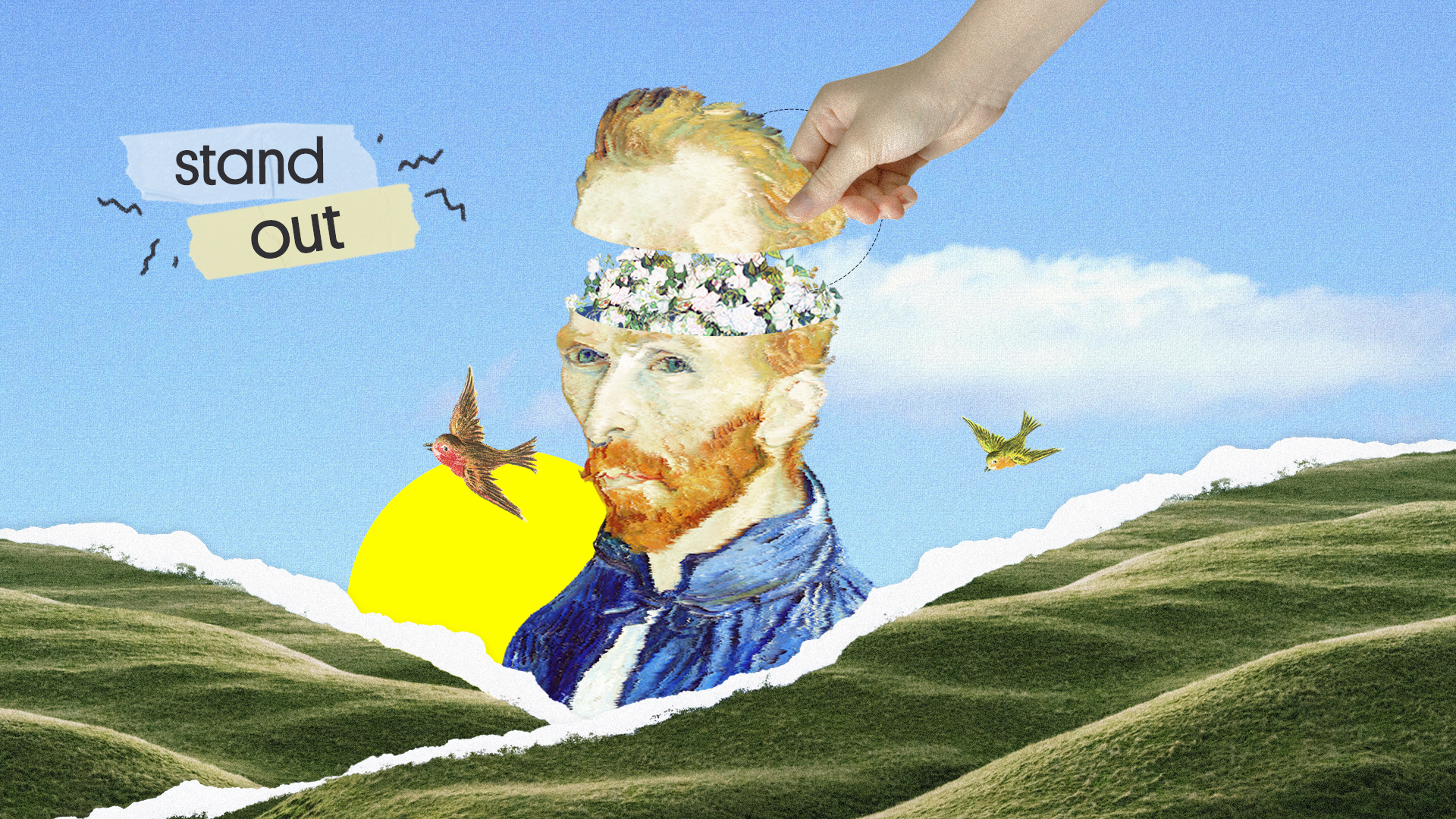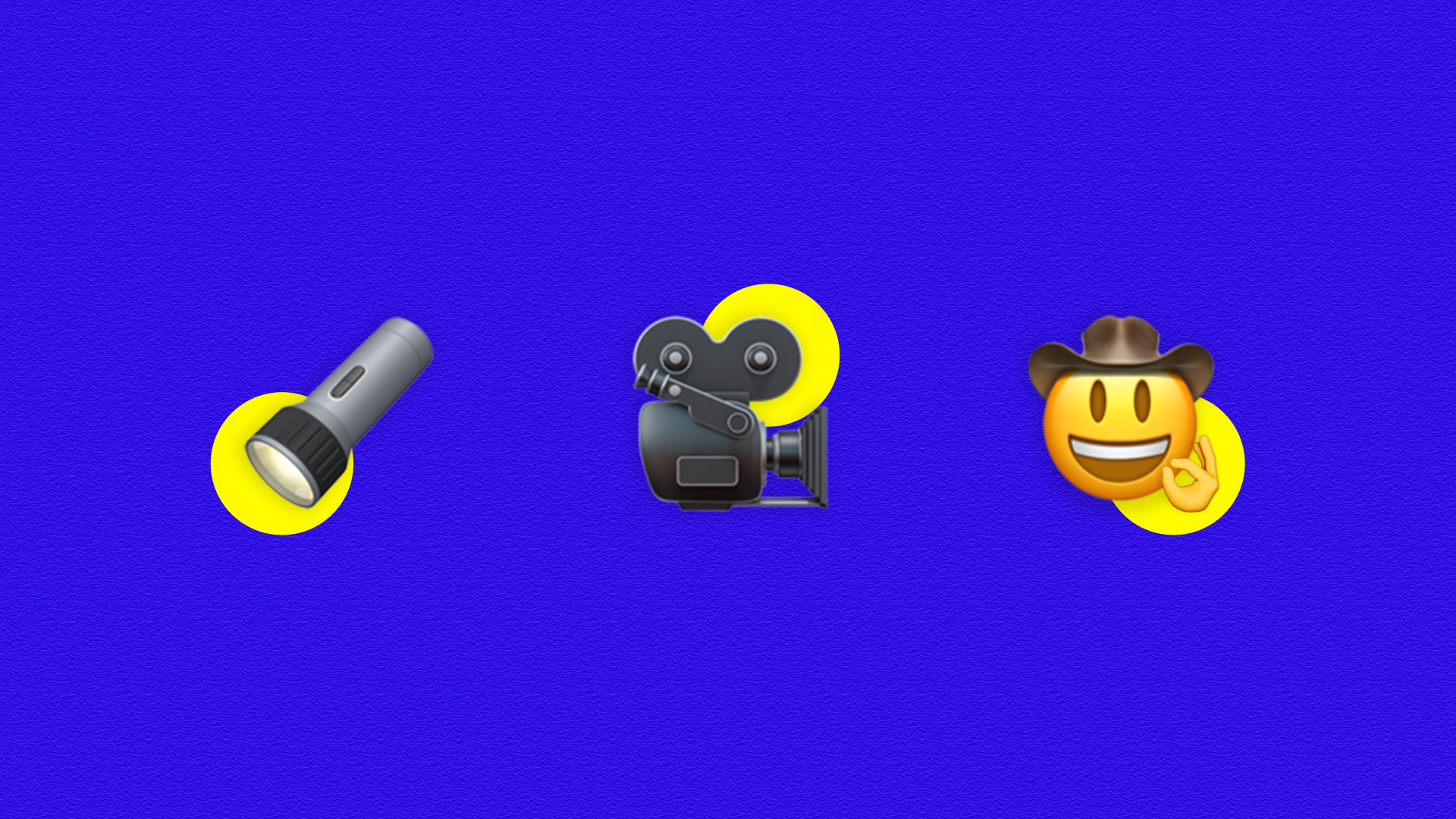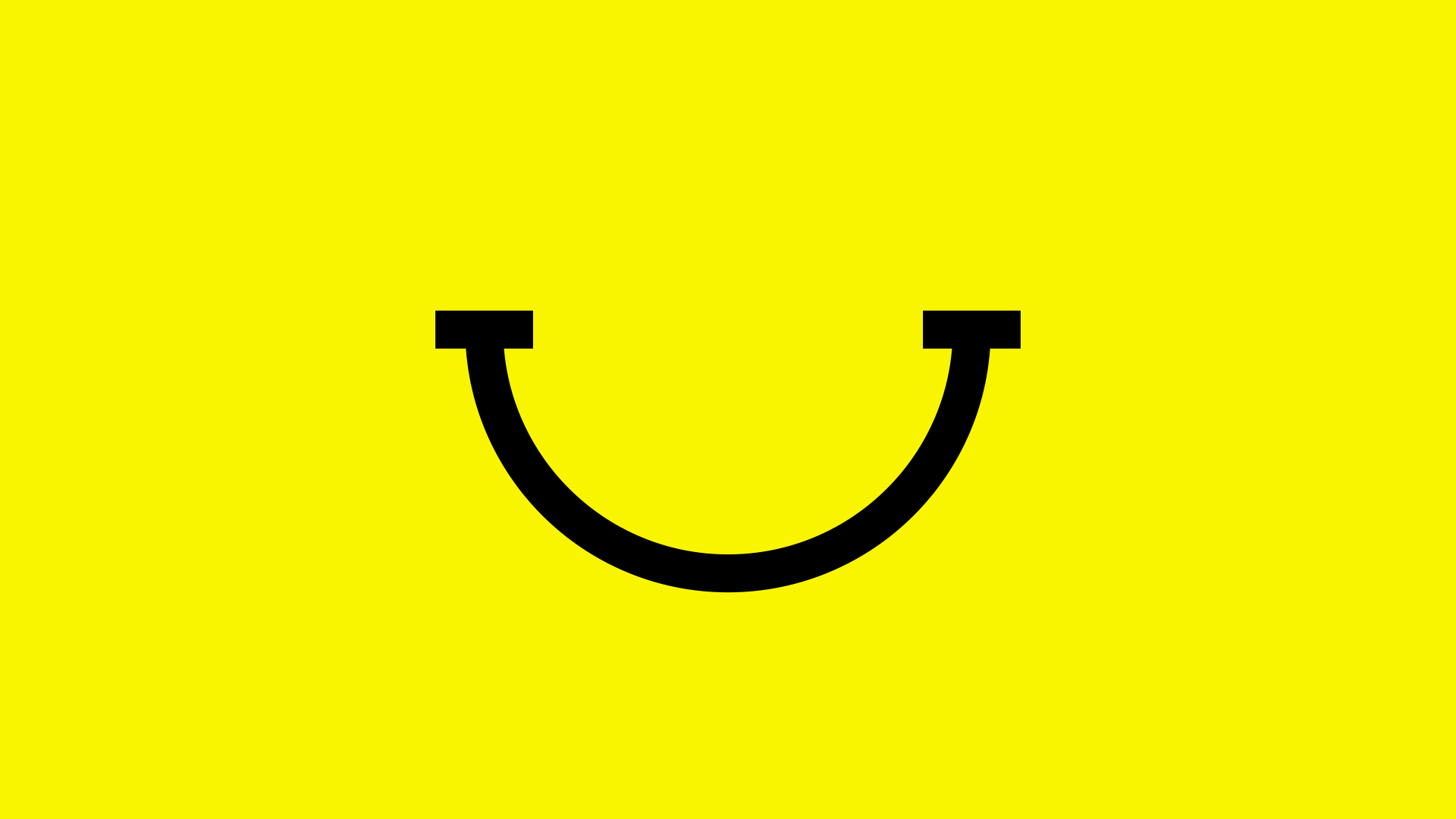When consumers consider making a purchase, they typically start by considering the companies that offer goods or services in that area. Understanding a brand is a crucial first step before purchasing it.
Effective marketing aids in informing customers about which businesses offer particular goods and services.
Nearly half of today’s brands are mistaken for those of their rivals, which is a little-discussed issue in marketing. In other words, the majority of marketing nowadays encourages consumers to buy a rival brand rather than the one performing the marketing.
In light of this, it is essential to remember that some brands are so recognizable that consumers cannot possibly confuse them with another brand, even if their names are changed on purpose to cause confusion.
You’d recognize Mc Donalds from a distance. Wouldn’t you?
What is it about certain brands that make people recognize them right away, even when we strive to hide their identities?
Some companies spend years and a lot of money promoting brand elements that are unique to them and stand out to the demographics they target.
These distinguishing characteristics come in various hues, forms, words, and tones that unquestionably give brands their distinctiveness.
Hello, Mr. Van Gogh
Let’s examine the scientific aspect of brand development using a seemingly unusual example: Vincent Van Gogh.
Since he is one of the most well-known artists of all time, you presumably already know of Van Gogh. You presumably also know that he had his ear amputated, which is why you probably consider him to be an emotive artist. However, let’s consider Van Gogh to be a methodical scientist, and brand marketers can learn a lot from his strategy for developing brands.
Van Gogh was highly organized and incredibly constant in his approach to painting, which is why he was a known disciplined scientist. First off, his impressionist painting technique was comparatively recognizable. Second, he had a propensity of painting his own face because he couldn’t afford to hire models.
Van Gogh also used colour theory. His repetitive strokes and consistent face make him the most distinctive painter in history. Scientifically, pairing opposite hues on the colour wheel (e.g., red and green, yellow and blue) makes each colour pop more.
Van Gogh was a visionary artist, but he also deserves credit for introducing scientific rigour to his paintings to make them more bright and unforgettable.
Van Gogh’s scientific rigour and brand building? Brand managers should generate distinctive brand features that make a brand unmistakable.
Brands, listen up!
Assess the uniqueness and fame of their colours, fonts, shapes, characters, sounds, etc. Fame is evaluated by how many people relate your brand to a specific asset.
McDonald’s !!A perfect example
Uniqueness is how many of your target customers relate your brand to a specific asset.
Brands should place each key asset on the Distinctiveness Matrix and prioritise assets that score well on both axes. This technique ensures that all marketing builds brand memory for the brand alone.
The more you reach potential consumers with distinctive assets, the more they’re tied to your brand and the more famous it grows.
Brand science.
Writing Credit – Drishti Shah






